Tangier's greatest secret: Exploring the city's hidden gardens
Exotic, bohemian and cosmopolitan Tangier has long drawn travellers to explore its narrow streets but the greatest secret of this wonderful city, writes Kirsty Fergusson, is its hidden gardens.
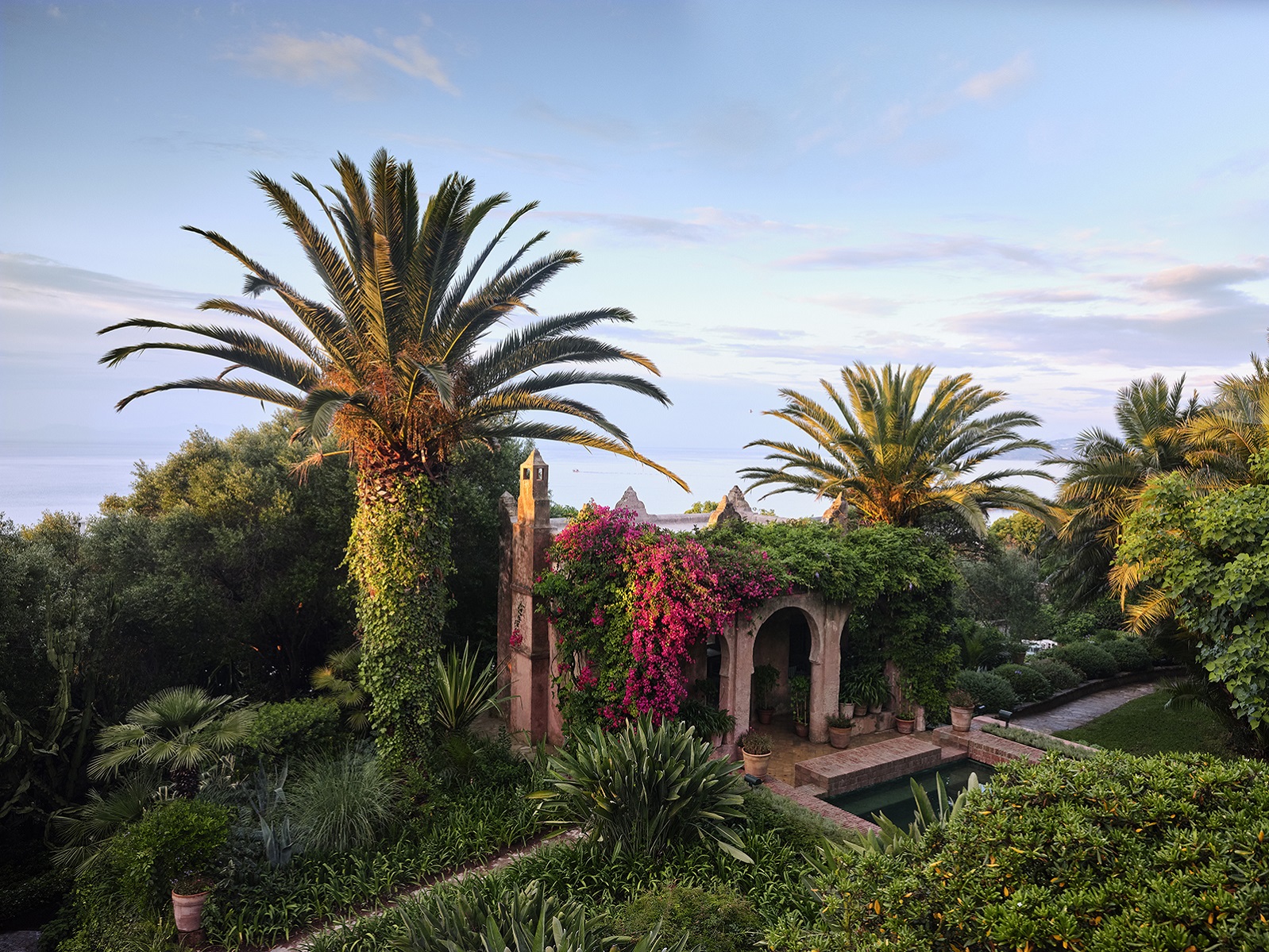
Only 20 miles from the southernmost tip of Spain, where the Mediterranean sea meets the Atlantic ocean, Tangier has offered for many travellers an intoxicating first step into the African continent. With its colourful history of occupation that stretches back to antiquity and includes the semi-legendary decades of the 20th century when Tangier was an International Free Zone, the strategically positioned seaport has acquired a fluid, multicultural identity, appealing to adventurers and traders as well as writers and artists of every stripe.
From Hercules, returning fruitfully from the garden of the Hesperides, to Samuel Pepys, pausing from his labours in the service of Charles II to note in his diary a lizard darting over a window pane; or from Henri Matisse absorbed by the blue views from his white villa to the self-exiled, self-absorbed literati of the Beat Generation, Tangier has provided an exhilarating refuge, if only temporary, far from anything that could ever be called ordinary or humdrum. The Moroccan author Mohamed Choukri (1935–2003) described Tangier as ‘a mythical city’, perhaps because the name alone stirs both memory and imagination, conjuring images of a slightly raffish exoticism.

Choukri described the place he lived as ‘the most extraordinary and mysterious city in the world’. Since then, massive investment by the Moroccan crown has transformed Tangier into a modern hub of commerce and technology. The seedy docks have been replaced by a glittering marina, luxury hotels line pristine beaches and high-speed trains and motorways now whizz the traveller to Casablanca, Rabat and beyond.
Sophisticated weekenders from Paris, Madrid or further afield outnumber the backpackers and can enjoy the sybaritic delights of the Villa Josephine on the Vieille Montagne or Jasper Conran’s latest venture into hospitality at Villa Mabrouka, formerly the home of Yves Saint-Laurent and Pierre Bergé. Even the El Minzah — a luxury hotel created from the elegant townhouse of the 4th Marquis of Bute, where the legendary bar was once propped up by spies and diplomats, as well as the likes of Gore Vidal and Truman Capote — has emerged from a sensitive restoration ready to receive an elite and cosmopolitan clientele. Photographs of Rita Hayworth, Sir Winston Churchill and other notable visitors still adorn the intricately tiled walls.
Yet business has not entirely replaced bohemia and Tangier continues to prove a haven for the creative spirits who settle here. An international cluster of interior designers, artists, writers, antique dealers and eccentric bon viveurs continue to be inspired by the cross-cultural exchange and enriched by the colourful traditions of two and a half millennia jostling amicably below their windows in the narrow streets of the Medina, Casbah and Marshan or outside their garden walls on the sea-facing slopes of the Montagne.

Among these free spirits, Umberto Pasti strikes a note as the ecological conscience of Tangier in the 21st century. Milanese by birth, Mr Pasti first arrived in Tangier almost 50 years ago, soon acquiring a property on the inland slopes of the Montagne. Here, the amateur botanist created a labyrinthine jungle of a garden, room after room linked by narrow paths scented by roses and jasmines, underplanted with sub-tropical begonias, and overhung with quinces, peaches, apricots, giant ferns and a memorably enormous, purple and white brunfelsia. No fewer than 5,300 species of plants grow in this intimate paradise, which Mr Pasti has named Tebarek Allah, an Arabic exclamation of wonder at the beauty of God’s creation. Romantic, encyclopaedic and utterly enchanting: to walk here is to walk through the pages of Mr Pasti’s semi-fictionalised accounts of his lifelong commitment to combating the mindless destruction of Nature he sees all around him.
Indoors, too, everything bears witness to his endless curiosity and passion for Nature and humanity: giant whalebones washed up on the Atlantic shore preside over a room filled with trailing begonias, as fronds of papyrus and sheaves of dried wild fennel and carrot in giant porcelain vases accompany fragments of ancient Egyptian wall painting, shards of Minoan pottery, prehistoric arrowheads and axes, antique textiles and Moroccan artefacts.
Exquisite houses, the beauty of Nature, and how to get the most from your life, straight to your inbox.
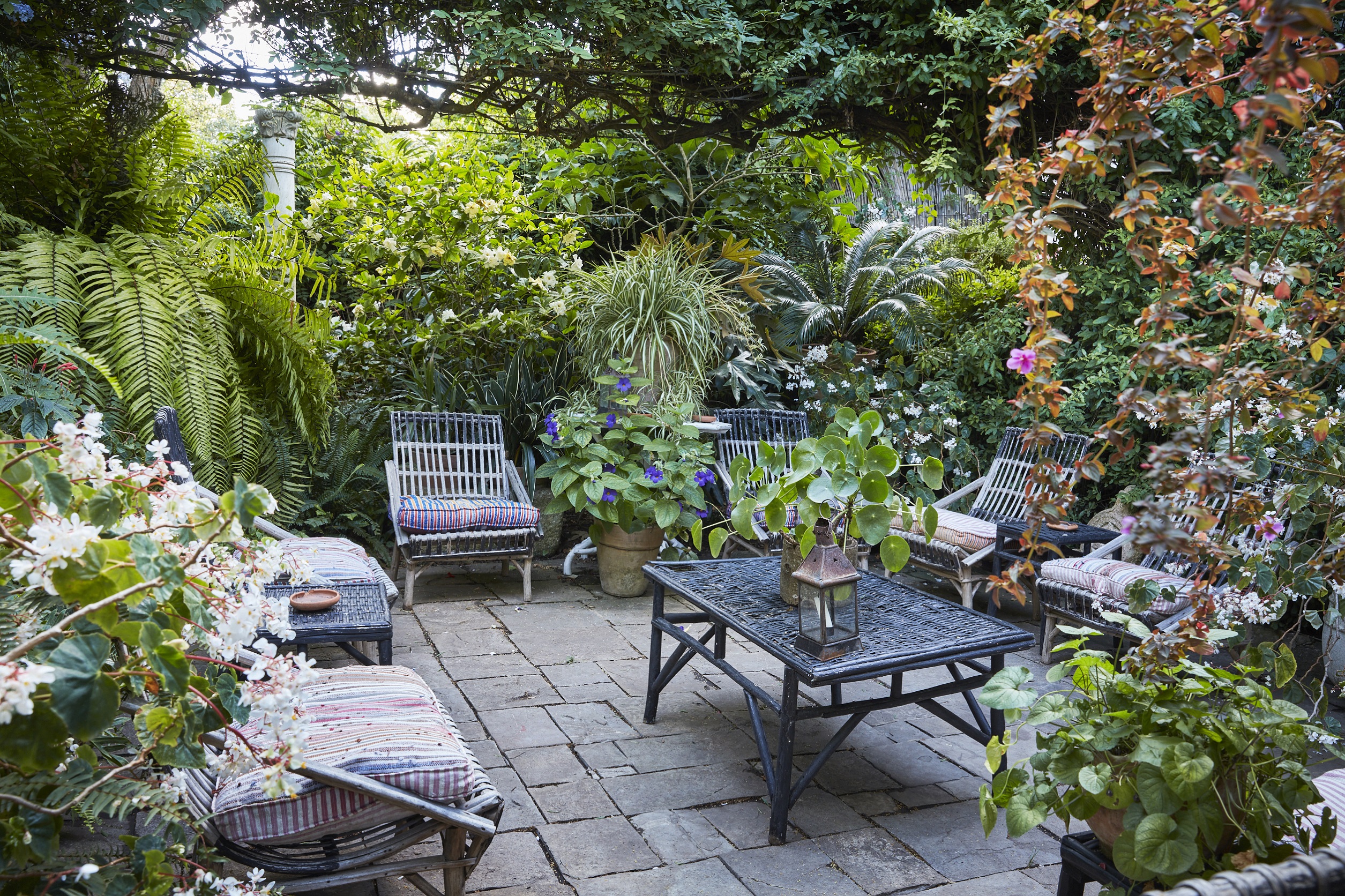
Some 40 miles to the south of Tangier, following the coast almost as far as Asilah, the ramshackle houses, goats and boy herdsmen of Rohuna are gradually revealed during the ascent into the hills that rise above the sandy surf. Ever since a Moroccan friend brought him here from Tangier to these once desolate, over-grazed, thistly slopes 25-something years ago and he lay down under a fig tree and dreamt his body had become a garden, Mr Pasti has known this place to be his home.
He bought the two acres where he had lain and dreamed and, using 600 pairs of local hands (his partner, couturier Stephan Jansen, refers to this as his ‘Cleopatra Syndrome’), he dug and terraced and raised stone walls; brought in tons of topsoil on mule trains, employed a 12-year-old water diviner to show him where to dig the vital well and trained a generation of village boys to become gardeners, as well as encouraging grandmothers to teach the girls old craft skills, selling their work to an international market. A new Belgian friend, botanist Bernard Dogimont became part of the gardening family, adding technical knowledge to native instinct.
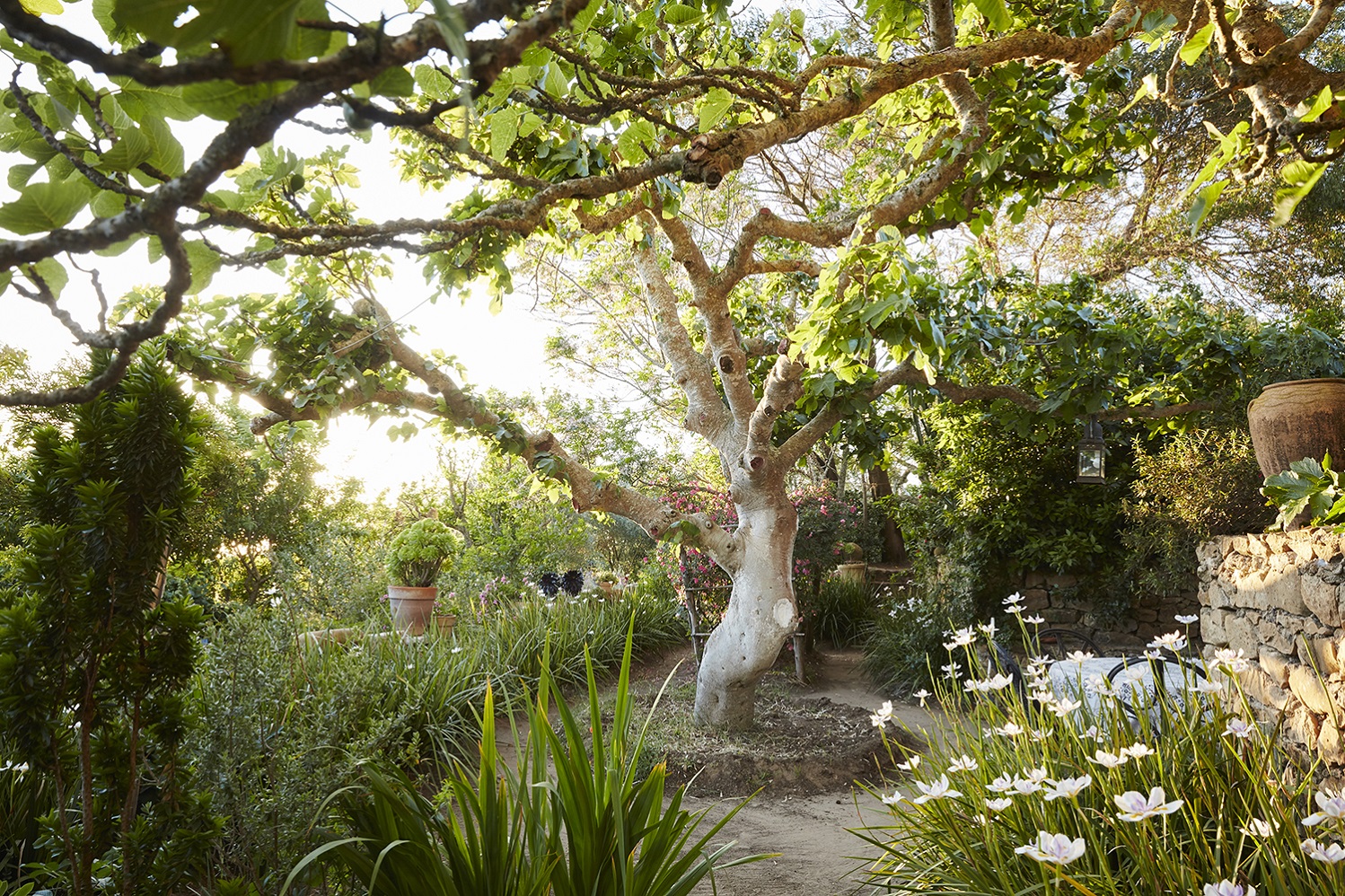
Today, Rohuna is a village with a school and a bathhouse and several of the naughtiest boys have grown up under Mr Pasti’s tutelage to become skilled gardeners. To each has been entrusted a parcel of his garden, known collectively as the Garden of Consolation. The rich diversity of planting, in which each young man has been able to demonstrate his ability to design with plants and grow them well and the vision with which Mr Pasti has overseen the ensemble of gardened spaces, the gentle generosity, the pride in his workforce and love of the land have transformed these two acres into a landscape of unbridled beauty.
Over the years, Mr Pasti has been able to acquire more land, allowing dozens of native species of wildflowers to thrive once more on the goat-weary soil. Narcissi and iris are particular favourites and include N. elegans, found at a municipal rubbish dump, as well as a recent discovery, N. cavanillesii, the oldest Moroccan narcissi. Also there is N. ‘Telamonius Plenus’, a 17th-century hybrid, quite possibly descendant of a gift of bulbs from the Edwardian Times correspondent Walter Burton Harris to his kidnapper (and great friend) Moulay Ahmed er Raisuni.
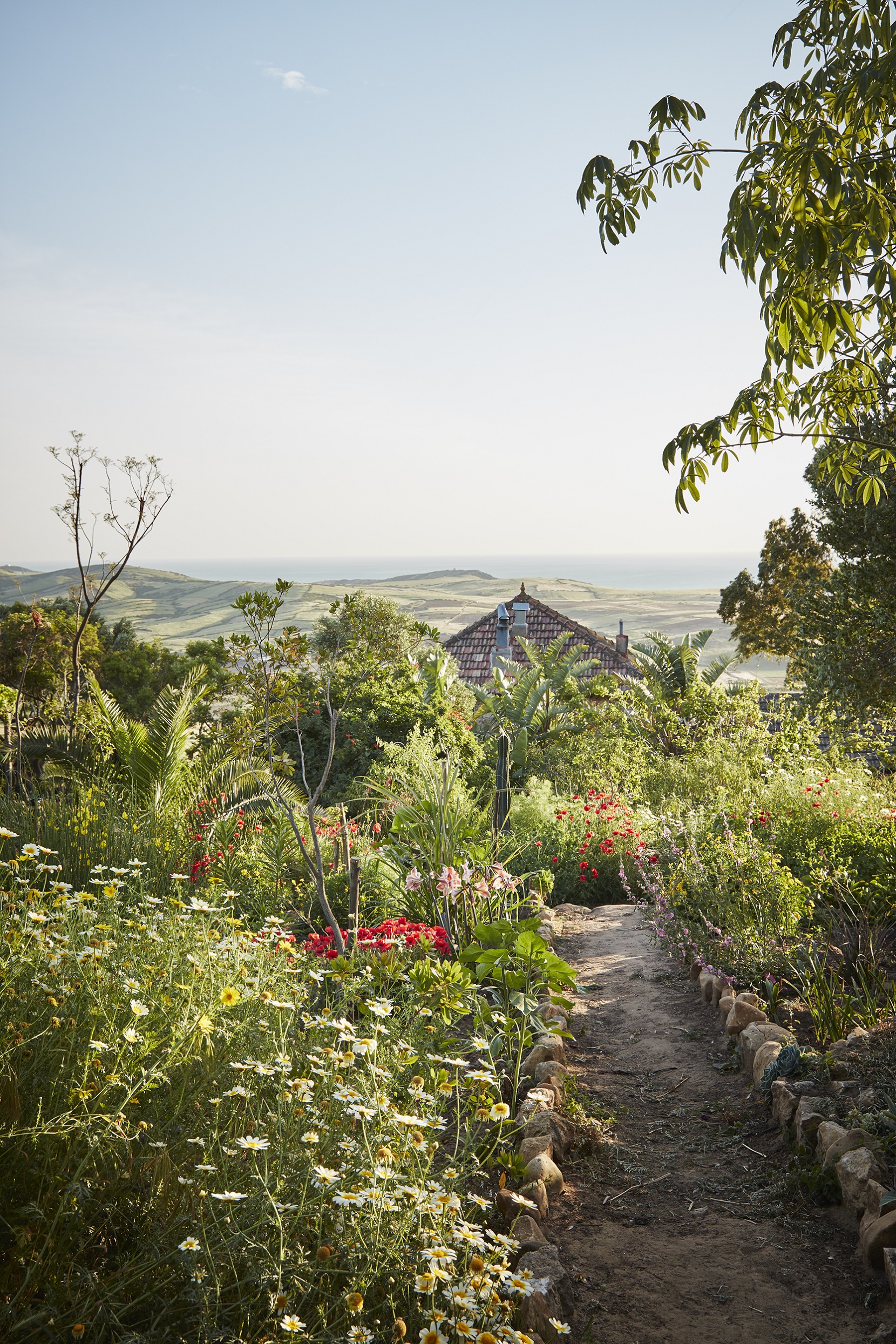
In fact, each plant evokes a special memory for Mr Pasti: Iris tingitana, the Tangier iris was in danger of being totally eradicated by galloping construction around the city, so he started visiting local building sites, rescuing all he could find and replanting them in his garden. Another iris, the pale-yellow I. juncea var. numidica, was almost extinct when he noticed a clump in the middle of some roadworks. Having saved 18 bulbs from imminent destruction, he kept half of his precious collection, but sent the rest to the University of Oxford Botanic Garden, where they flourish. Closer to the house, where the stone-walled gardens overflow with all manner of imported species too, Mr Pasti, an inveterate storyteller, weaves tales of a disgraced Englishman or a melancholy Portuguese aristocrat and appeases the sprites and jennuns that haunt the garden — and his dreams — by occasionally removing the more delicate, imported exotics to his garden in Tangier.
It would be wrong, however, to imagine that all the free spirits making extraordinary gardens here are from the expat community. High on the pine-wooded cliff tops of Cap Spartel, where the views across the Straits of Gibraltar are sublime and the mild, maritime climate allows rapid growth, a determined scion of the Moroccan royal family has realised a long-held dream to create a garden appropriate to the spectacular setting. Here, on land bequeathed to her by her father, a passionate environmentalist, Princess Malika el Alaoui opened the gates to Africa’s newest botanic garden (and Tangier’s most enticing organic restaurant) in June 2022. With British artist Paul Belvoir, she has designed a series of lavishly planted, themed spaces with a pedagogical function that offer Tangerines the opportunity to explore the horticultural diversity and heritage of the region in the loveliest of settings. The name, Donabo, as anyone familiar with Latin will know, means ‘I will give’; a respectful reference to what the Princess describes as ‘the sheer generosity of this fertile land’.
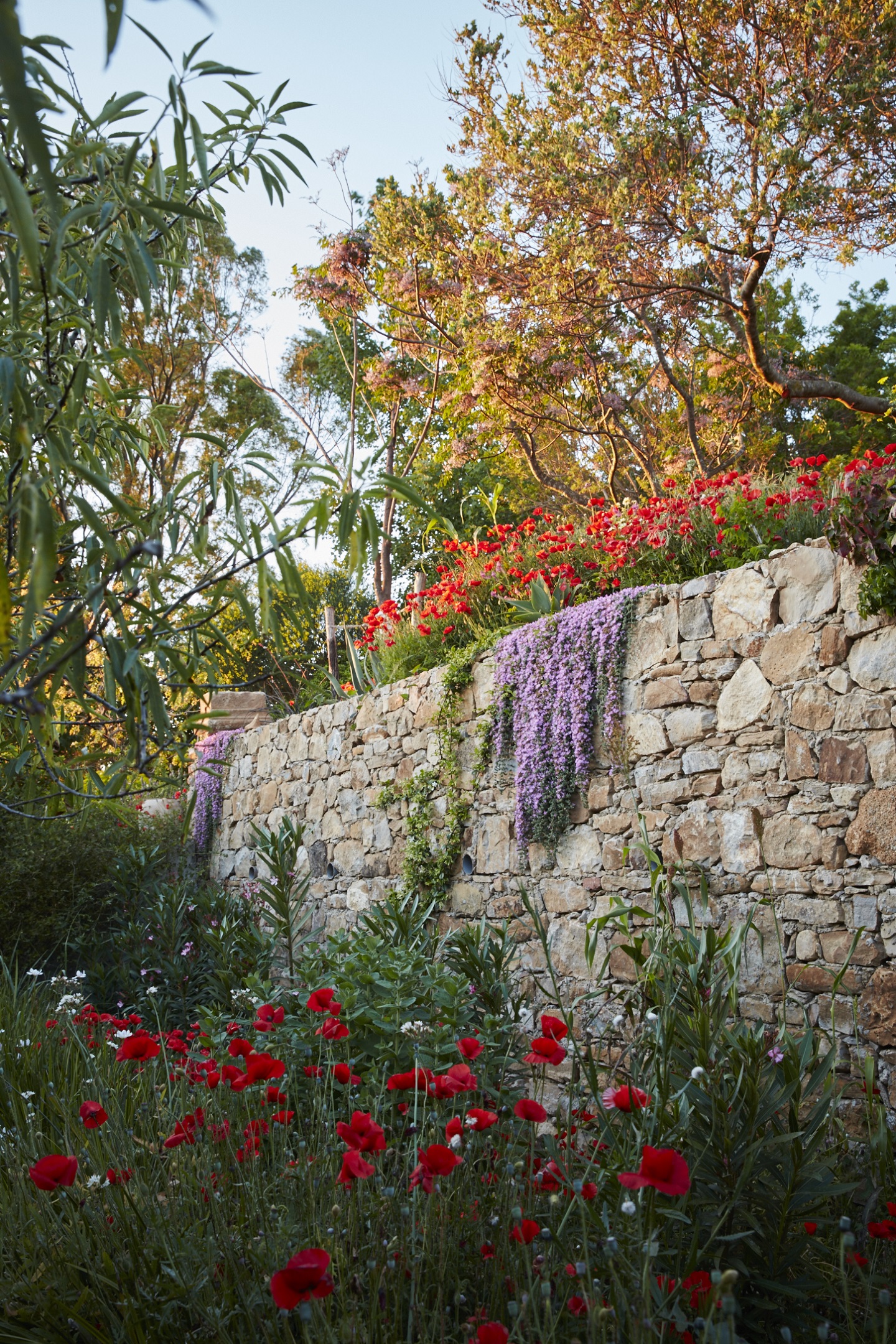
Tangier’s Secret Gardens
Join Kirsty Fergusson and Katherine Bradley-Hole, former Country Life Gardens Editor, on the Country Life Garden Tour May 11–15, 2024 Tangier, one of the Mediterranean’s oldest and most strategically placed seaports, has experienced a long and dramatic history of intrigue and multicultural occupation, attractive to a fluid population of adventurers, diplomats, spies and socialites as well as being the legendary haunt of the Beat Generation’s literary lions.
Today — to the regret of some — Tangier has shaken off its slightly seedy reputation, grown considerably smarter and acquired cosmopolitan confidence, perhaps more attractive to business than bohemians. But the city still has secrets and the best of these are its private gardens, hidden within the heart of the old city or behind the high walls of the fashionable Vieille Montagne. Here, a wonderful cast of men and women has married a love of Tangier to a love of plants, creating gardens that reflect their own diverse personalities.
On this very special tour, we will have the rare privilege of stepping into these magical places and meeting their creators, as well as enjoying the comfort and hospitality of the centrally located and historically important El Minzah Hotel.
The tour runs from Saturday, May 11 to Wednesday, May 15, 2024. Prices with flights £3,550 per person, with double rooms for single occupancy from £250 per person. For more details or to book, telephone Boxwood Tours on 01341 241717 or email mail@boxwoodtours.co.uk
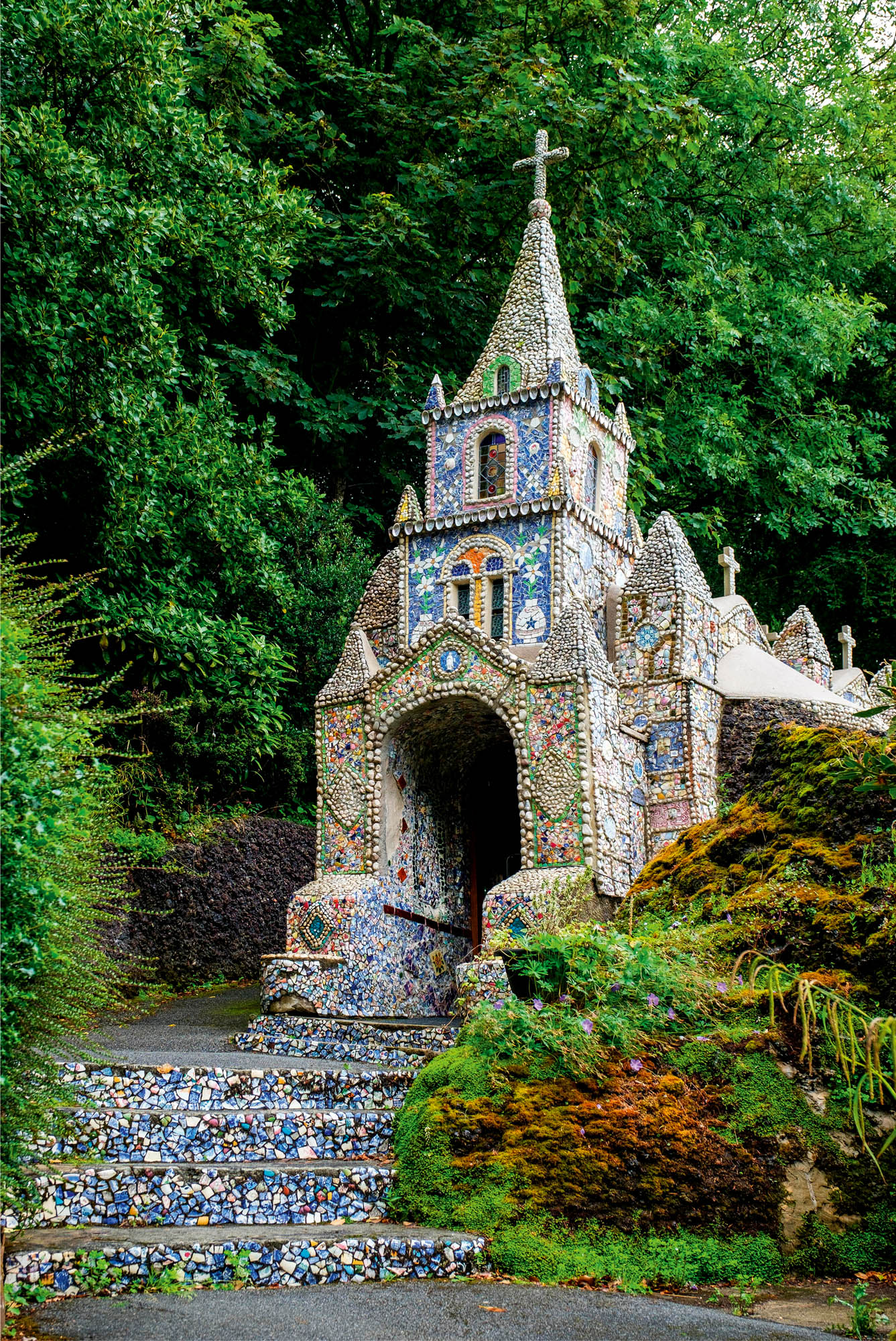
Little Chapel: The tale of Guernsey's seashell-covered, miniature recreation of Lourdes
Designed as a miniature replica of the basilica at Lourdes, the seashell- and mosaic-decorated Little Chapel on Guernsey was at

The coming together of music and gardening
'Let's hope it is the first of many' says Mark Griffith of The Garden Museum's latest coup.
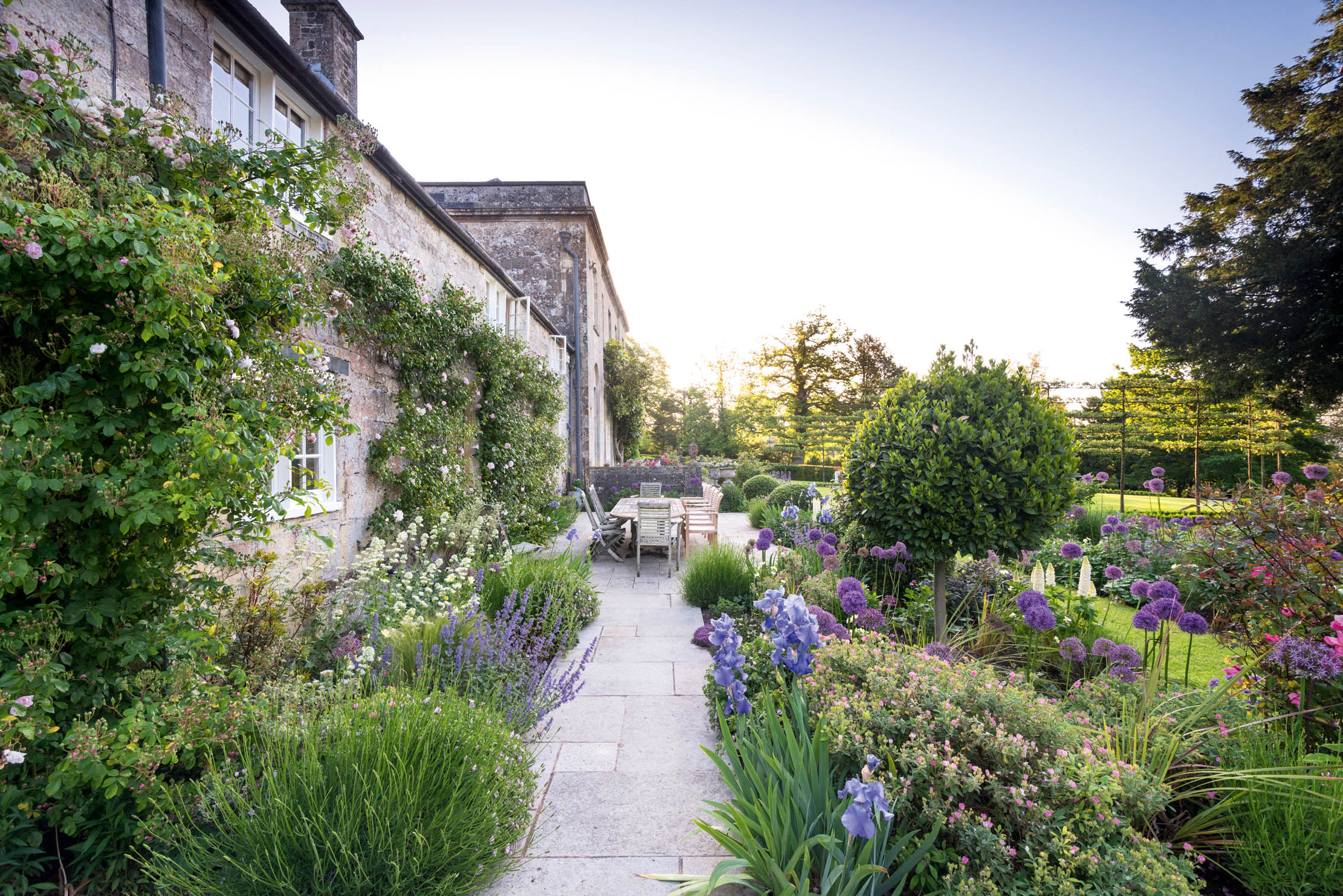
Knoyle Place: The magnificent garden in the village where Christopher Wren grew up
The more you look at Knoyle Place — the Wiltshire home of the Comtesse de La Morinière — the more there